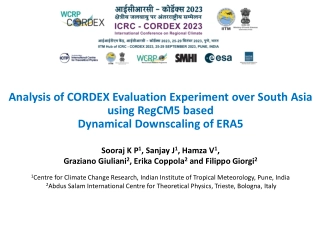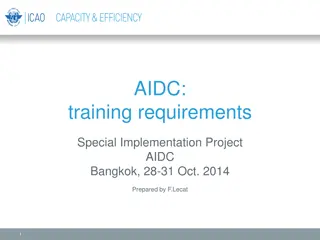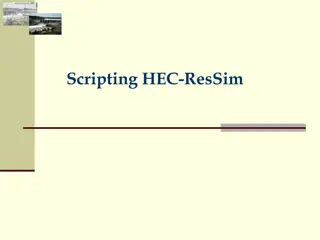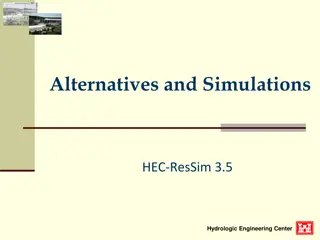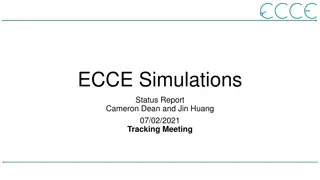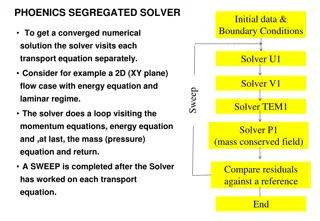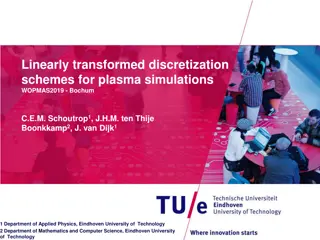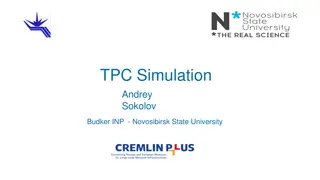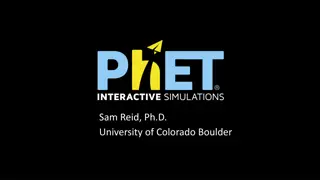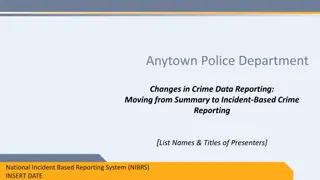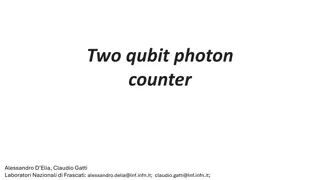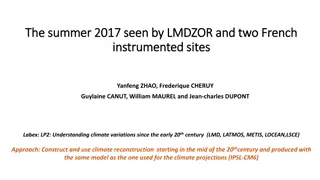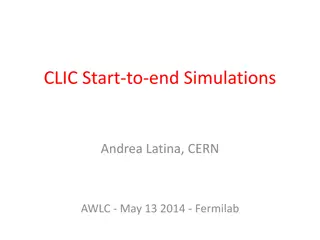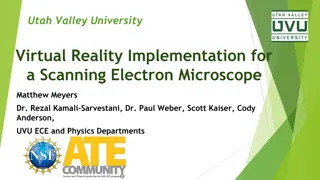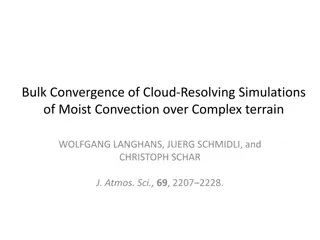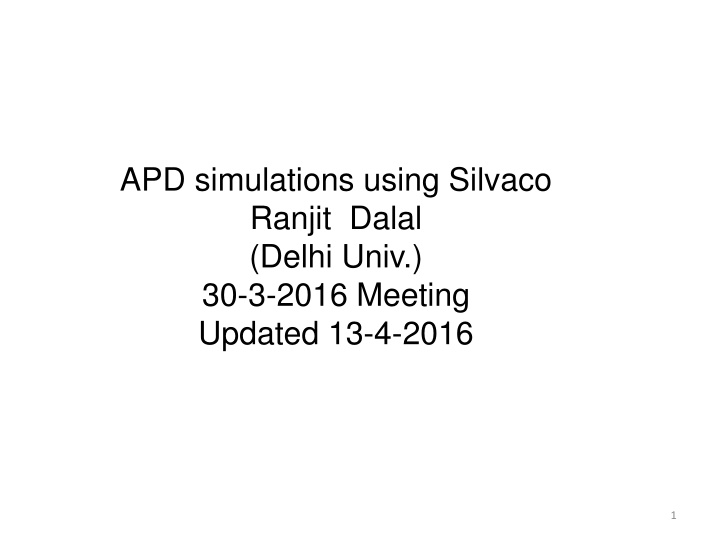
Advanced APD Simulations Using Silvaco for Signal Evolution Analysis
Explore detailed simulations conducted by Ranjit Dalal from Delhi University using Silvaco for avalanche photodiodes (APD). Gain insights on edge-TCT, electric field effects, bias voltages, signal evolution near surface positions, and more for optimizing APD performance.
Download Presentation

Please find below an Image/Link to download the presentation.
The content on the website is provided AS IS for your information and personal use only. It may not be sold, licensed, or shared on other websites without obtaining consent from the author. If you encounter any issues during the download, it is possible that the publisher has removed the file from their server.
You are allowed to download the files provided on this website for personal or commercial use, subject to the condition that they are used lawfully. All files are the property of their respective owners.
The content on the website is provided AS IS for your information and personal use only. It may not be sold, licensed, or shared on other websites without obtaining consent from the author.
E N D
Presentation Transcript
APD simulations using Silvaco Ranjit Dalal (Delhi Univ.) 30-3-2016 Meeting Updated 13-4-2016 1
Edge-TCT for APD APD Bulk = 1.4e14cm-3 Junction Depth = 57 m Laser -1060nm - Laser Width = 1micron - Position = 10 m to 160 m (5 m step) (long Laser rise time may affect APD signal timing profile) All simulations are with 1ps laser rise time Gain=Total collected charge (with multiplication on)/ Collected charge (with multiplication off in simulation) 2
E field for different Bias - With increase in bias, Depletion region (mainly) expand in backside bulk - Should not expect much improvement with bias (for front diffusion component) ! - No multiplication beyond 100 micron depth (this number depends on bias) 3
Signal evolution near front surface edgeTCT positions - Very slow diffusion component - Front side can be removed with impunity 5
Signal evolution for different edgeTCT positions -Slow signal for 10-15 m location (diffusion component is significant) - Highest multiplication for 20-25 m laser position - Multiplication decreases for deeper locations - No multiplication after 90 m 6
Signal evolution for different edgeTCT positions - 2ns time window 7
EdgeTCT gain for APD -Gain variation vs laser depth - eTCT profile for APD is very different from usual diodes - Depend on drift and diffusion components - Depends on multiplication 8
Signal evolution near front surface EdgeTCT positions - Very slow diffusion component - Front side can be removed with impunity 10
Signal evolution for different edgeTCT positions -Slow signal for 10-15 m location (diffusion component is significant) - Highest multiplication for 20-25 m laser position - Multiplication decreases for deeper locations - No multiplication after 90 m 11
Signal evolution for different edgeTCT positions - 2ns time window 12
EdgeTCT for deep Laser locations (1700V) -Very different signal evolution for deeper locations (though it is not a significant contributor to overall signal due to no signal multiplication) 13
EdgeTCT gain for APD -Gain variation vs laser depth - Maximum gain is upto 136 at 1700V 14
Bias = 1800V 15
Signal evolution near front surface edgeTCT positions - Very slow diffusion component - Front side can be removed with impunity 16
Signal evolution for different edgeTCT positions -Slow signal for 10-15 m location (diffusion component is significant) - Highest multiplication for 20-25 m laser position - Multiplication decreases for deeper locations - No multiplication after 90 m 17
Signal evolution for different edgeTCT positions Transient time scale from 2ns to 4 ns) 18
EdgeTCT gain for APD -Gain variation vs laser depth for 1800V - Simulation is still running 19
EdgeTCT Gain Variation with Bias - Some of points for 1800V are yet to be come 20
eTCT signal comparison for diff bias 20 Micron laser position 15 Micron laser position 21
Front TCT (Infrared Laser) @ 1700V Transient time scale from 2ns to 10 ns) Transient time scale from 2ns to 4 ns) -3ps laser fired at 2ns - Peak of transient signal is at about 3ns - Long (but relatively small) tail present (probably due to diffusion component from front) 22
Front TCT Gain Variation with Bias - Gain for front TCT is almost four times less to the maximum gain for Edge TCT 23
Summary Edge TCT run for 1600, 1700 and 1800V bias will be complete soon Future studies effect of front side removal (10-20micron) Effect of bulk doping Effect of polarity change Radiation damage effect (Can we benefit like CMOS) 24


